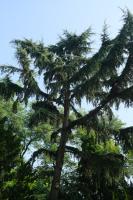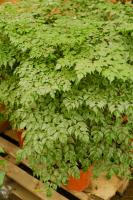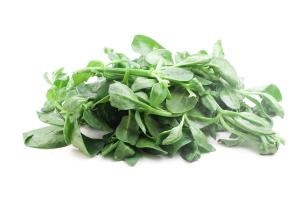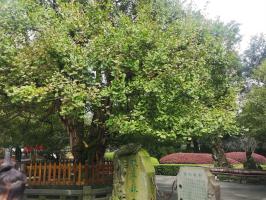1、 Curing method
1. Matrix selection: Chrysanthemum Chrysanthemum likes a loose and breathable matrix, which can be made of garden soil, rotten soil and mud pond in a certain proportion, and then mixed with organic fertilizer and a small amount of water
2. Temperature management: the most suitable temperature is 17 ℃ - 20 ℃. It's best to use plastic film for thermal insulation in winter and spring. When the weather is warm, uncover the film, and strengthen the surrounding ventilation above 25 ℃
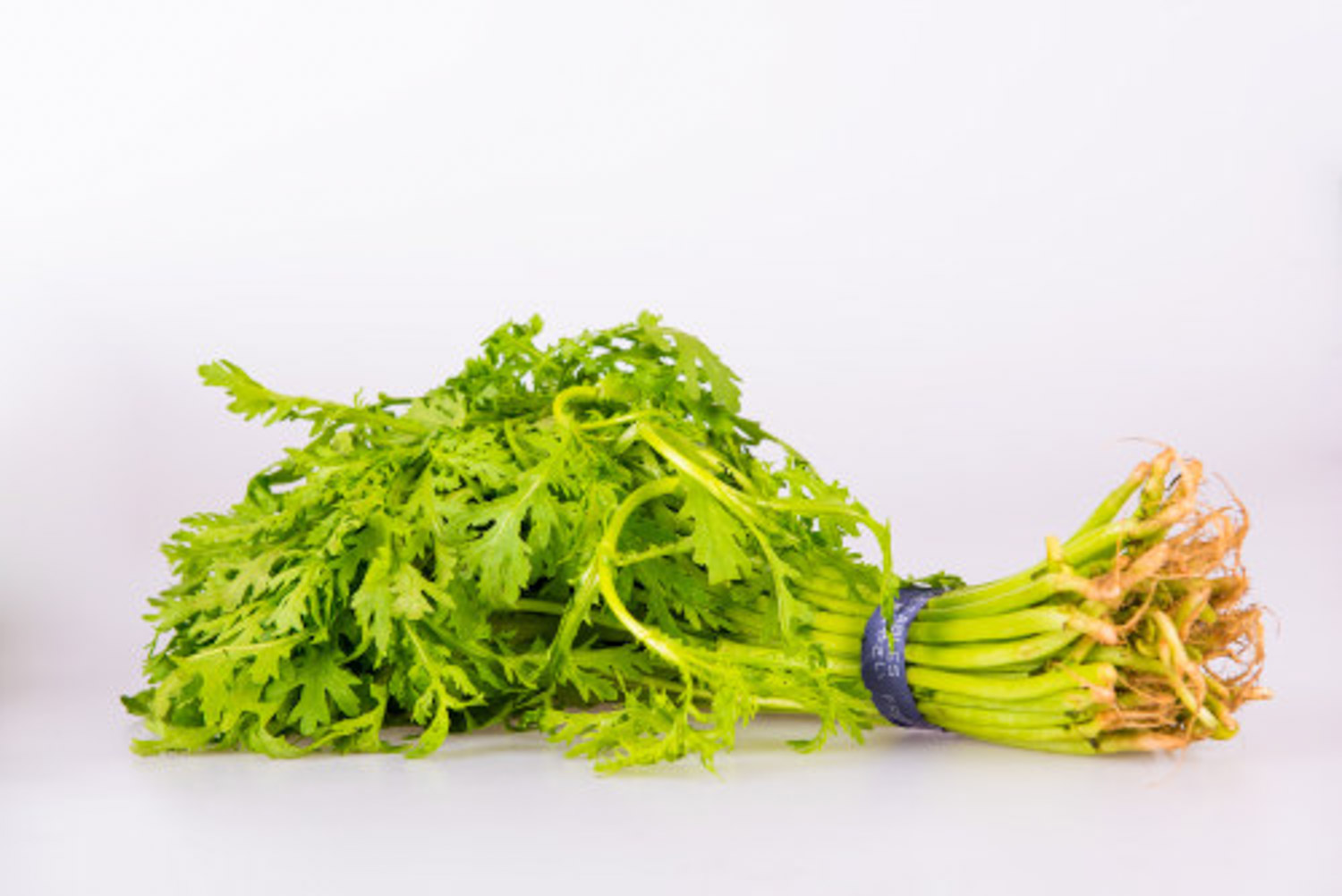
3. Water management: the seedlings shall be watered after being unearthed. As long as the soil is kept moist, it is forbidden to have excess water in the soil
4. Nutrient management: use urea solution every nearly one month, and use an appropriate amount of nitrogen, phosphorus and potassium fertilizer every other month. It should be noted that we should not use fertilizer that has not been decomposed, which will burn its roots
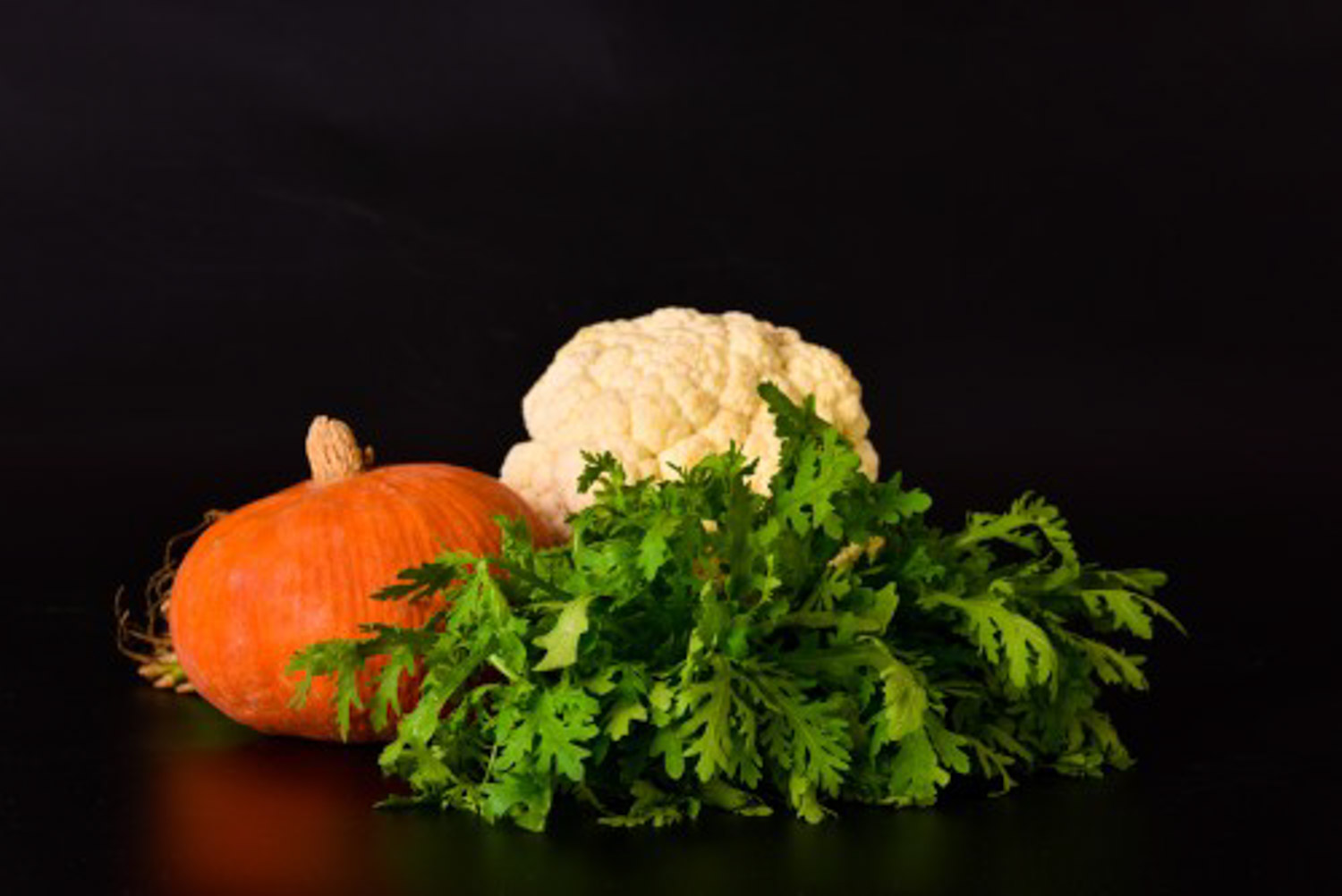
2、 Breeding skills
1. Sowing: select healthy seeds with full particles, and then air the seeds for 2 hours to promote germination. Watering every day can germinate in about 3 to 5 days. It can be sown in spring, April and may, or in autumn, August and September
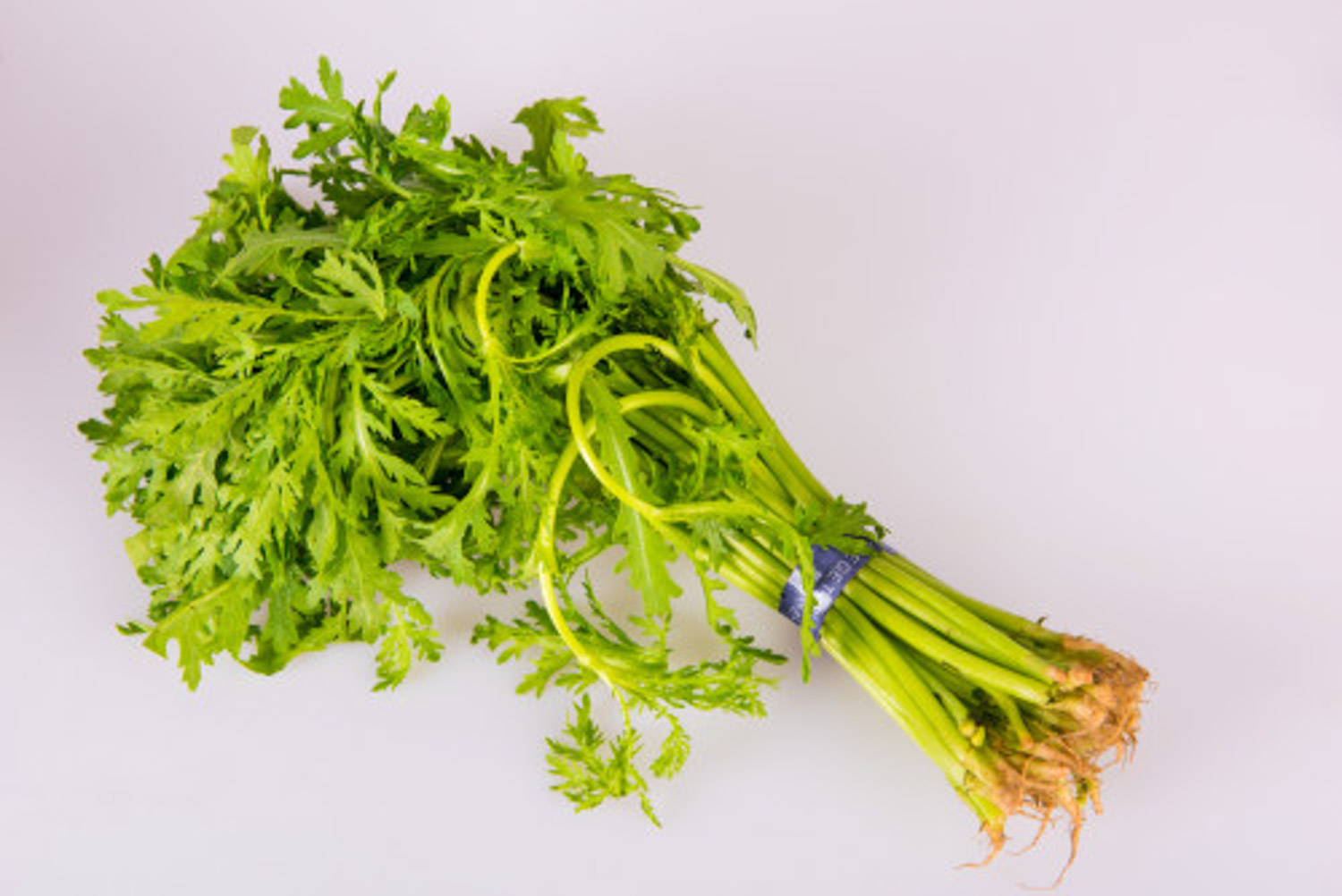
2. Winter: when raising in winter, you need to keep warm. You can use plastic film for protection, and then uncover the film when the weather is warm. In winter, it can't grow in the place of tuyere. Pay attention to windproof
3、 Diagnosis and treatment problems
1. Rotten roots: rotten roots of chrysanthemum are generally boron deficient in soil, and boron fertilizer is added outside the roots. It is also possible that the watering is too much, and the watering should be reduced appropriately
2. Vegetable borer: insects will harm its growth. If it is light, it will affect the growth of vegetable seedlings. If it is serious, it will lead to the decay and death of vegetable leaves and roots. If there is a screen for 5% times, 4000 times the best time, two or three times. p>
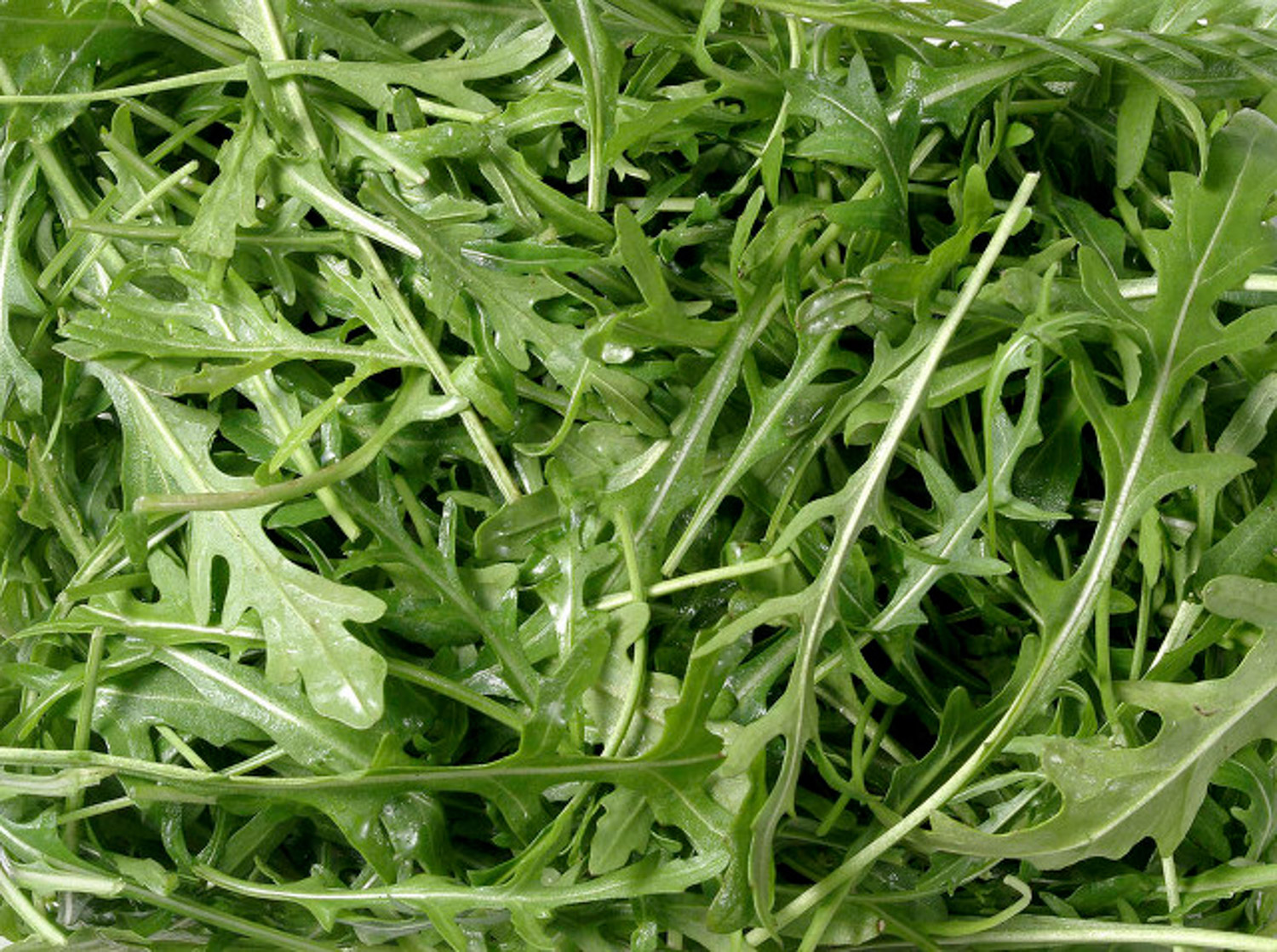
4、 Other issues
1. Whether to plant in the ground: it can be planted in the ground or in the greenhouse, with a large planting range and no obvious regional and growth conditions
2. Toxic or not: it has no poison and is good for human body. It can be eaten. It is a kind of vegetables


 jackfruit
jackfruit snake plant
snake plant hibiscus
hibiscus hydrangea
hydrangea lavender
lavender Green roses climb al...
Green roses climb al... If you don't pay att...
If you don't pay att... Management of four g...
Management of four g...

